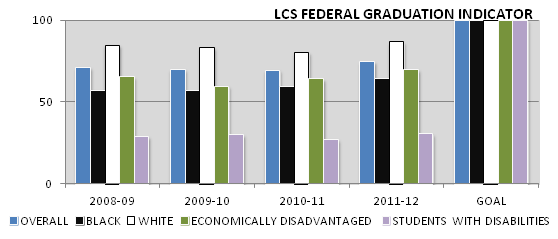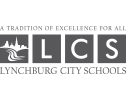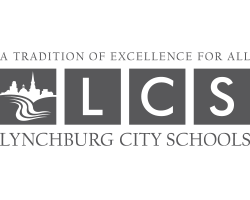New data released by the Department of Education suggest that Lynchburg City Schools is making steady progress in accomplishing its new mission—every child, by name and by need, to graduation.
On September 12, the Department of Education released data showing that the LCS Federal Graduation Indicator (FGI) leapt nearly 5 percent from the 2011 graduation numbers.
Wednesday’s results showed the division’s FGI at 74.63 percent, a rise from 69.28 percent the previous year. The Federal Graduation Indicator includes the percentage of students obtaining a standard or advanced diploma. It does not, however, include students who earn modified standard diplomas, special diplomas, or GEDs.
The FGI also increased across all four subgroups (blacks, whites, economically disadvantaged and students with disabilities) noted in the 2012-2014 Comprehensive Plan.
"Our improvement in the graduation rate is the foundation of our new Comprehensive Plan that focuses on achievement, behavior and culture,” said LCS superintendent Dr. Scott Brabrand. "This plan will move LCS from good to great as we fulfill our mission to lead every child, by name and by need, to graduation."

In addition to the graduation data, the DOE released SOL Assessment pass rate for the state, school divisions, and individual schools. Online report cards for schools, school divisions, and the Commonwealth have been updated with data on the performance of student subgroups in English, mathematics, science and history/social science. The report cards are available in the “Virginia School Report Card” section of the VDOE website. The updated data include test-by-test pass rates and subject-area pass rates for Asian, black, economically disadvantaged, Hispanic, limited-English proficient and white students, as well as students with disabilities and other subgroups.
"Results for Lynchburg City Schools were in concert with trend results from across the state," said LCS Assistant Superintendent of Curriculum and Instruction, Al Coleman. “Students in all subgroups demonstrated consistent performance in English, writing, science, and social studies, while math performance decreased as predicted as a result of the administration of new, more rigorous math assessments at all levels.”
Gaps in student performance continue to exist among subgroups. “Developing strategies and interventions to improve all students’ academic progress are a primary focus of this school division’s improvement plan,” Coleman added.
The released performance results confirm the need for the school improvement efforts already underway in the division as well as in each individual school. The school board recently approved a the new Comprehensive Plan that includes a new vision, "A Tradition of Excellence for All”, a new mission, "every child by name and by need to graduation,” and new data-driven goals that focus on student achievement, student behavior, and culture. All 16 schools have completed a comprehensive needs assessment and have created school improvement plans that focus on that school’s specific needs. School Improvement Teams at each site have selected research-based improvement indicators, created tasks to address the selected indicators, and used these to develop school improvement plans that are in concert with the division’s Comprehensive Plan. Each school will present its School Improvement Plan to the school board during 2012-2013.
Two initiatives are underway to support students in mathematics. At the elementary level, identified students are enrolled in MIND Research’s ST Math program, an innovative visual approach to the teaching of math concepts. In addition to regular classroom instruction in mathematics, students will work in ST Math for 90 minutes per week. At the middle school level, identified students are now scheduled into two periods of mathematics instruction. Hands-on manipulatives have been provided to each middle school math teacher so that students now have additional time and resources as they work to master math concepts. Through initiatives like MIND Research ST Math and double periods of math instruction, the focus of instruction is to increase the ability of students to apply their knowledge of mathematics and solve multi-step problems.

